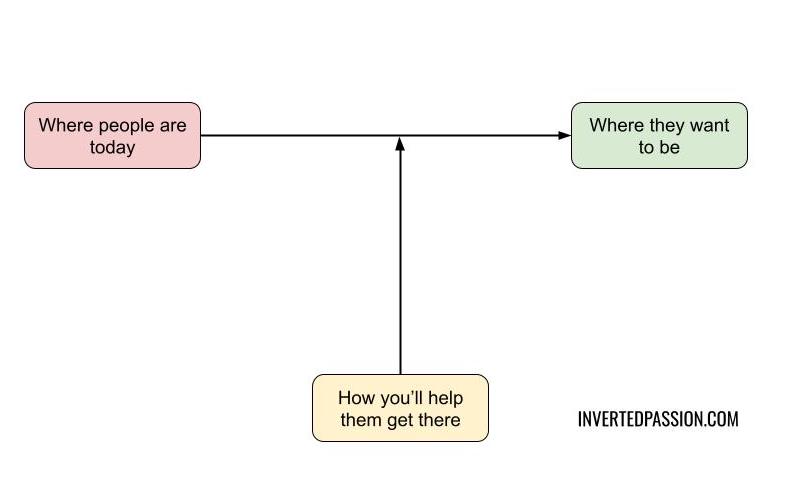However, they often fail to realize that recruiting people to work for you is no different from recruiting customers to use your product.
However, for exceptional people, money offered is a commodity because many other companies are offering them the same or higher money.
There’s nothing wrong with that but then that should be an explicit decision.
In all likelihood, they’re not looking for just another gig.
Is it a lot more money? Is it less interference from the manager? Is it coaching? Is it working on a new challenge?
Your recruitment pitch has to be customized to those drives.
treat your recruitment like marketing and prospective talent like prospective customers.
I'm posting ~1 new mental model for entrepreneurs every week.
Here's the entire list of 65+ mental models that I'll cover: https://t.co/EJGAAJmPIU
Make sure you sign up for email updates on the book page.


















